Sometimes an audience doesn’t get the memo that a work of fiction is just that. Take Orson Welles’ The War of the Worlds (1938), notorious for the panic it caused immediately after its broadcast. It’s obviously fiction now, but that wasn’t so clear to the people who heard the radio drama and flew into a panic. The program presented itself as a news broadcast, often with bulletins that interrupted other programs and, at the time, it seemed credible to many listeners.
Of course, hindsight is always 20/20, and War of the Worlds wasn’t the last time audiences got bamboozled. Before 1999, moviegoers were (with few exceptions) accustomed to having their scares served up in a manner that was obviously scripted. As an adult, you probably aren’t afraid of Pinhead appearing when you use the wrong Rubik’s Cube, and you likely don’t believe that there’s a clown living in the sewers beneath your neighborhood. Those movie monsters are obviously fake, and although they scare us there’s no threat that they might be real. That same certainty doesn’t always carry over to the exports of the found footage classification. While that’s often one of the subgenre’s greatest traits, sometimes movies are a touch too realistic for audiences to completely dismiss. With that in mind, we are taking a look back at four found footage films that were widely believed to be real!
4. Cannibal Holocaust (1980)
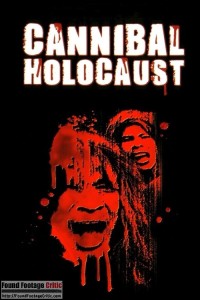 With one of horror’s most notorious reputations, Cannibal Holocaust should be a film that any found footage aficionado has seen at least once, and not only for the controversy it caused.
With one of horror’s most notorious reputations, Cannibal Holocaust should be a film that any found footage aficionado has seen at least once, and not only for the controversy it caused.
Ruggero Deodato’s 1980 cult hit–fortunately for the production team–did not actually involve a film crew provoking and then being murdered by a group of cannibals. Yet the end result was so realistic that it was banned in several countries, including Italy and Australia, until Deodato could prove that it was scripted.
Within the movie itself, the footage is framed as being recovered and reviewed by executives of the Pan American Broadcast System. But the gore was so realistic that moviegoers thought they were watching a snuff film, with one viewer in Milan going so far as to have the footage seized by police a mere ten days after its initial release. The courts really believed that the actors shown in the movie had been murdered on film, so in order to prove his innocence, Deodato had his cast sit for a television interview, thus proving once and for all that they had not met horrible ends. Cannibal Holocaust’s legacy is to this day one of the most extreme examples of a film being mistakenly identified as real.
Synopsis:
Set in the Amazon Rainforest, Cannibal Holocaust presents itself as the recovered tapes of a missing expedition. After terrorising and slaughtering indigenous villagers to force them out of their otherwise peaceful state, the crew finds themselves picked off one by one, victims of tribal rage. The movie includes scenes of mass murder, gross sexual violence, cannibalism (obviously), amputation, and, perhaps most controversial, the on-screen deaths of several animals. It’s no wonder this one was, and still is, controversial.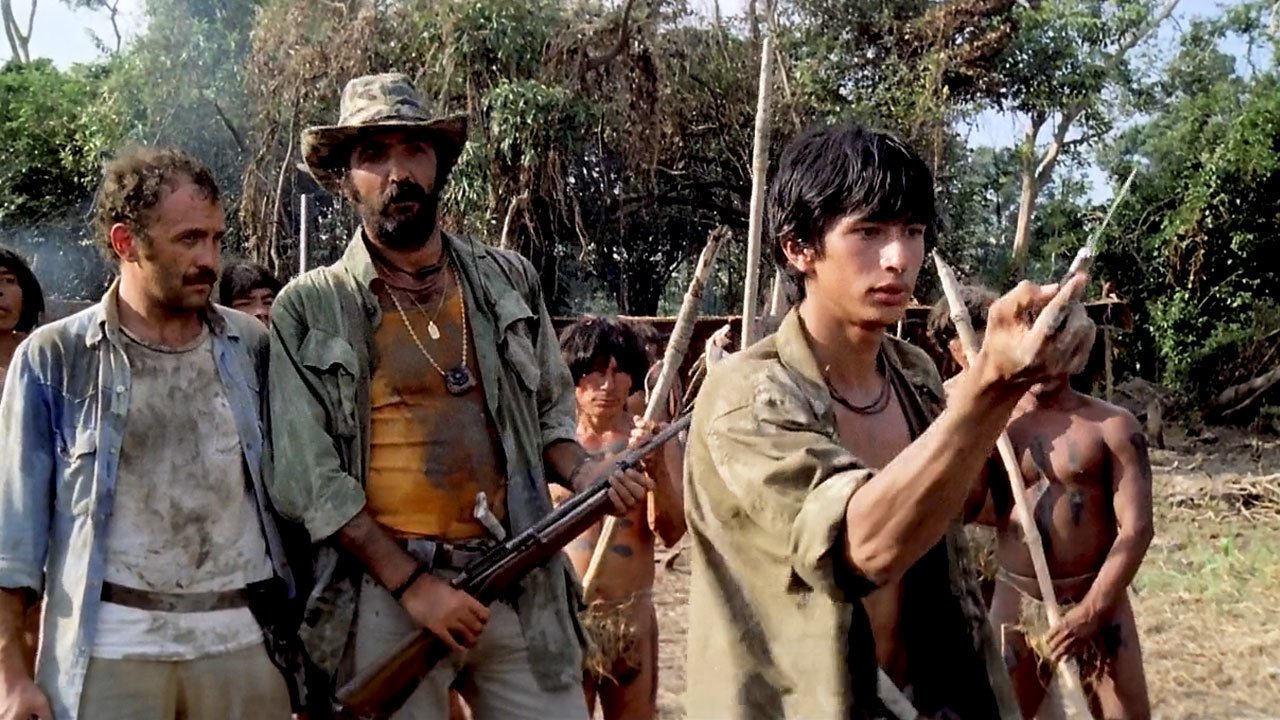
3. Ghostwatch (1992)
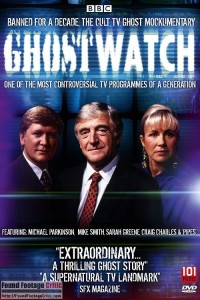 Although Ghostwatch aired on Halloween night, and under a banner that read Screen One Drama, the show’s documentary format was so convincing that the BBC received an estimated 30,000 frightened phone calls in just one hour!
Although Ghostwatch aired on Halloween night, and under a banner that read Screen One Drama, the show’s documentary format was so convincing that the BBC received an estimated 30,000 frightened phone calls in just one hour!
When knowledge circulated that the show was, in fact, fictional and recorded weeks in advance (having been presented as a live broadcast), the public was outraged. Newspapers launched into a tirade at the producers the next day, criticising, among other things, the disturbing nature of the content. Rumours circulated that actress Sarah Green had advertised the event on her Saturday morning children’s show, including a visit to the set. The follow up documentary, Ghostwatch: Behind the Curtains (2012) would later examine this claim and find no evidence that she had done so. Although she would later go to lengths to assure her young audience that the events were fictitious.
While it might seem silly for so many people to be duped, viewers of the early 90’s were much less familiar with the found footage genre than the audiences of today. Movies like Paranormal Activity (2007) have been haunting the silver screen for some time now, but in 1992, the format caught many unsuspecting viewers off guard.
Synopsis:
Set in Northolt, London, Ghostwatch follows a documentary crew as they investigate the scene of a poltergeist. After an intro of videos taken by neighbours and the resident family, the crew would go on to find out that the house was very much haunted, experiencing sounds, apparitions, and even possession.
2. UFO Abduction (1989)
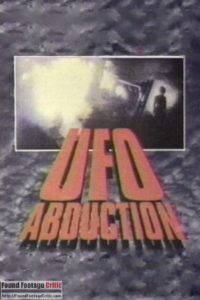 If you haven’t seen this entry, you’re not alone. The original film was lost in a warehouse fire, and, prior to the Internet, circulation was limited to a VHS release.
If you haven’t seen this entry, you’re not alone. The original film was lost in a warehouse fire, and, prior to the Internet, circulation was limited to a VHS release.
Dean Alioto’s 1989 film UFO Abduction was produced on a tiny budget of $6,500. While not as recognisable as its successors, the film helped pioneer the paranormal found-footage subgenre. After the original reel went up in flames, the film was later renamed by Axiom Films and given a limited release as The McPherson Tape, which was touted as an actual account of alien abduction. The film was lauded by UFO enthusiasts for years as the best evidence that we were being visited by extraterrestrials, until the filmmakers eventually decided to step forward and claim credit.
While some of the effects are a little challenged and may not stand the test of time particularly well, the acting is genuinely terrifying. And accordingly, it’s no surprise that so many people were taken by the story.
Synopsis:
Set in 1983, this film follows the McPhersons (or the Van Heeses, depending on which version of the movie you’re watching) as they celebrate their daughter’s 5th birthday. After a blackout, they go out to check the fuse box and are greeted with a light show they can’t explain. The only logical answer is to go check it out, leading to an encounter with aliens who follow them home.
1. The Blair Witch Project (1999)
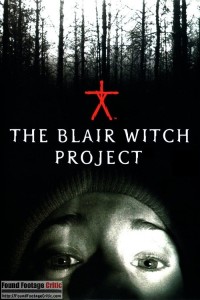 It would be grossly inappropriate to write a list such as this and not include the legendary feature, The Blair Witch Project.
It would be grossly inappropriate to write a list such as this and not include the legendary feature, The Blair Witch Project.
Upon its release, rumours abounded that the film presented the actual footage of three student filmmakers. It didn’t help that the advertising plugged the footage as being real, with marketing that included missing posters, a documentary about the film lore, and the penning of a fictional legend that, as a story, was both creepy and believable.
Perhaps one of the most telling signs that people took it seriously is how the legend entered the public consciousness, even if only for a little while. Not only did people believe the story, but they accepted the idea that the Blair Witch was a real folk legend. It wasn’t, of course. The story was concocted entirely for the film, yet many viewers accepted it as fact.
Synopsis:
In October 1994, three students travel to Burkittsville, Maryland to film a documentary about the Blair Witch, aka Elly Kedward, a woman who was accused of witchcraft in the 1800s and executed. Despite warnings, the trio go into the woods to film and, inevitably, become lost.

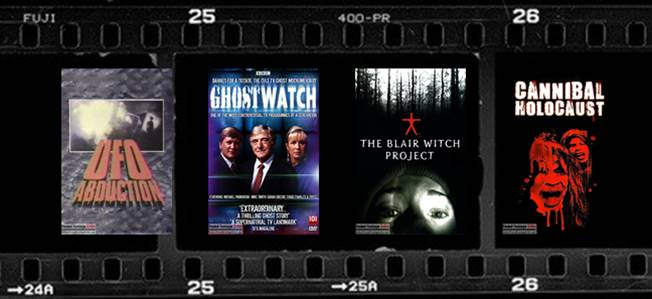
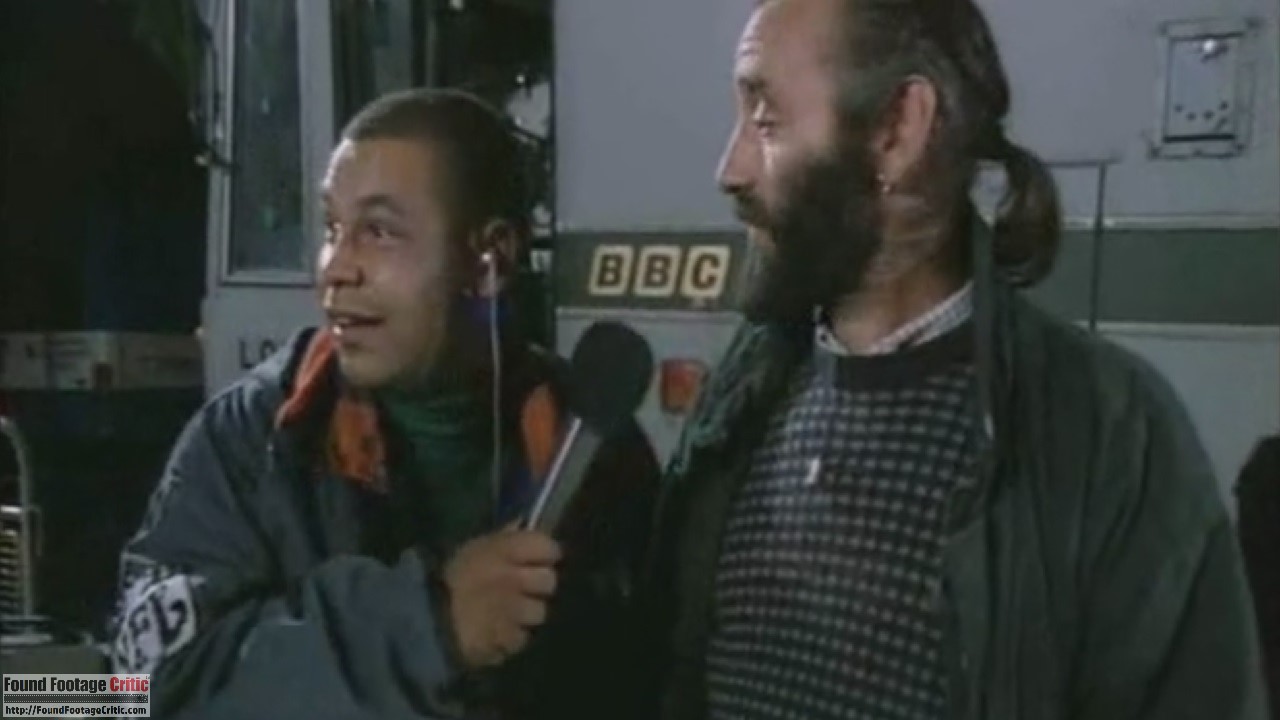
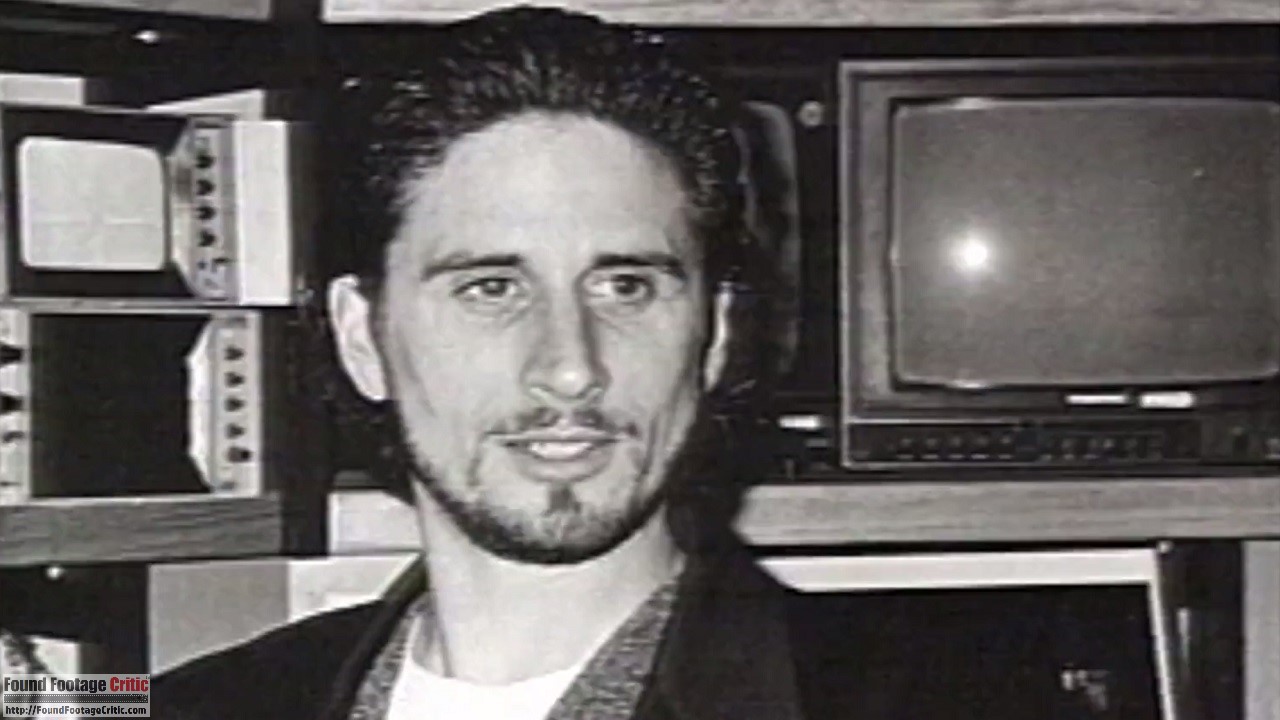
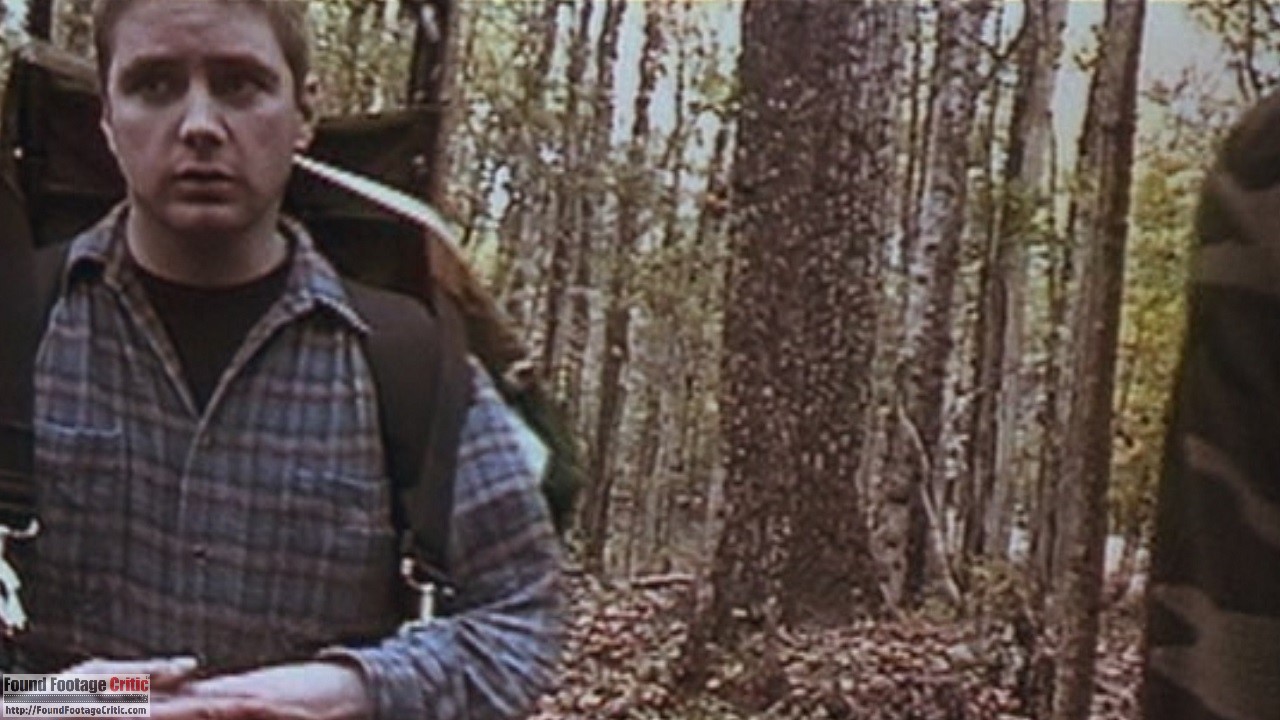
4 Comments
I’m not sad, my eyes are just sweaty 😢
Pu.2635B.US/lU5009fY
Ghost Watch isn’t found footage.
Our site definition of found footage includes faux documentaries, news shows. . . i.e. any fictional film where all of the cameras used to film are part of the universe of the story.
Well, it’s a shame that you choose not to define “found footage” correctly because faux documentaries are not found footage.